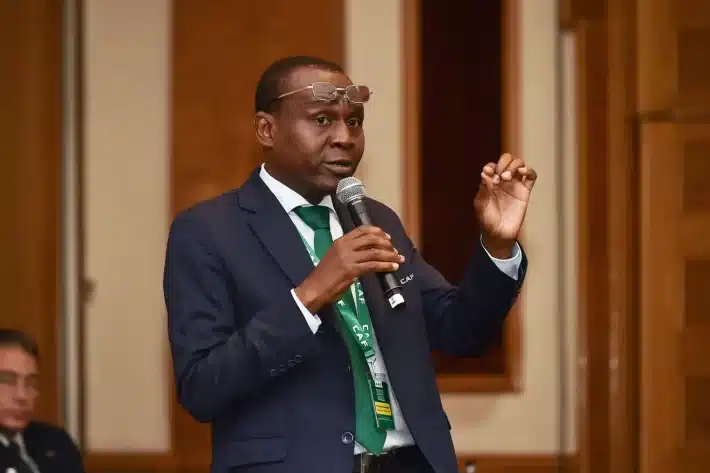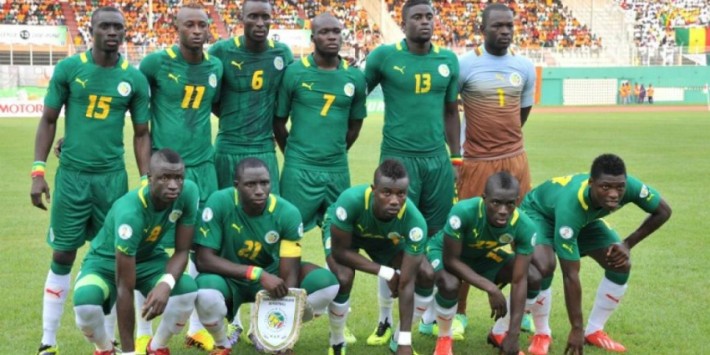Magnetic Resonance Imaging (MRI) is playing a central role in the Confederation of African Football’s (CAF) push to ensure fairness and integrity in youth competitions, particularly ahead of the 2025 U17 Africa Cup of Nations in Morocco.
CAF has reaffirmed its commitment to strict age verification protocols, using MRI scans to assess players’ eligibility—not by their documents, but by the biological maturity of their bones.
This high-precision medical method, while not providing a player’s exact age, has become a crucial tool in identifying those who exceed the age limit set for U17 tournaments.
Dr. Boubakary Sidiki, CAF’s medical director, explained the significance of the MRI process.
“The CAF MRI protocol does not aim to determine the actual age of a player,” he said in an interview with Cafonline. “It is used to confirm whether or not a player qualifies for U17 competitions.”
The process involves scanning the left wrist of the player using a 1.5 Tesla MRI machine, focusing on the distal radius bone.
The development stage of the cartilage in this area is used to assess eligibility. If the cartilage is found to be fully fused, it indicates that the player is likely over the U17 threshold and, therefore, cannot compete.
To ensure authenticity, a CAF-accredited MRI expert supervises each scan. The player’s face is photographed alongside their passport before they undergo the examination, creating a direct link between the individual and the images submitted.
These scans are then sent to the CAF MRI Review Committee, the only body authorized to analyze the results and determine player eligibility.
The protocol has been a cornerstone of CAF’s age-verification process for several years and is implemented before both qualifying and final stages of the U17 AFCON.
Its success is evident: the rate of ineligible players detected has dropped dramatically from 7% in 2019 to under 1% in 2023.
CAF has also enforced stricter consequences for violations. Since last year, any team presenting four or more overage players is automatically disqualified from the competition.
If three or fewer are found ineligible, those players are excluded, and the team continues the tournament without replacements.
This uncompromising approach is designed not only to discourage age fraud but also to protect the integrity of youth development pathways in African football.
Dr. Sidiki emphasized the broader implications of the policy, suggesting that CAF may extend MRI screening protocols to the U15 and U20 levels in the near future to ensure consistent monitoring of players across age categories.
With the implementation of advanced medical technology like MRI, CAF is setting a clear standard for transparency and fairness in youth football.
The governing body’s resolve is transforming the landscape of age-category competitions in Africa—where biological evidence, not paperwork, defines eligibility.











